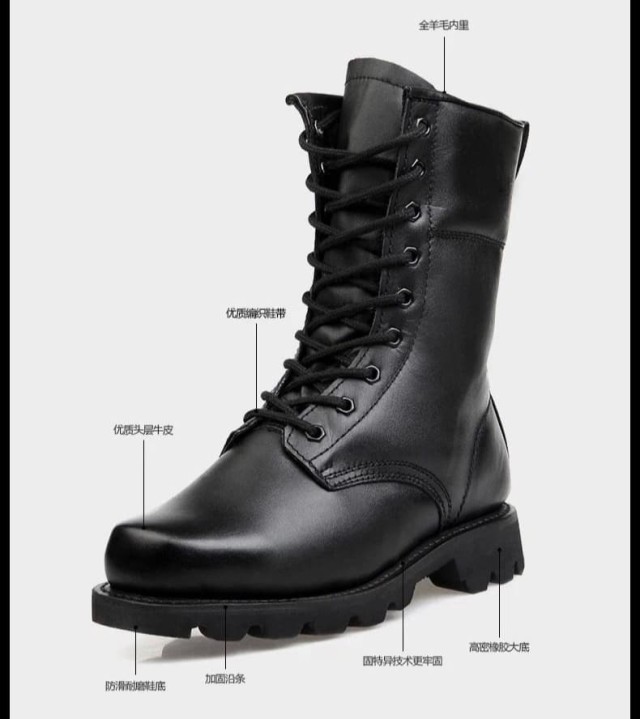For footwear enthusiasts and professionals alike, understanding the craftsmanship behind durable shoes is essential. At the heart of Goodyear welt construction lies a hidden hero—the insole rib—a structural marvel that transforms ordinary shoes into lifelong companions. This article explores why this unassuming component makes Goodyear welt footwear uniquely repairable, resilient, and superior to alternatives like Blake stitch.
The Foundation of Craftsmanship: Insole Anatomy in Goodyear Welt Construction
The Critical Role of the Insole Rib
The insole rib acts as the anchor point for the entire shoe. Unlike simpler constructions where stitching connects directly to the insole, Goodyear welt shoes feature a raised or attached rib that:
- Creates a stable base for welt attachment
- Distributes stress evenly across the footbed
- Prevents moisture from seeping into the upper
Research shows this rib design is why heritage boots often outlast their owners.
Channeling vs. Attaching Ribs: Methods and Trade-offs
Shoemakers use two primary techniques to integrate the rib:
-
Channeling: Cutting a groove into the insole leather and folding it upward to form a natural rib.
- Pros: Seamless integration, better moisture resistance
- Cons: Requires premium-grade insoles for clean folds
-
Attached Ribs: Gluing a separate leather or fiber strip to the insole.
- Pros: Cost-effective for mass production
- Cons: Slightly less durable under extreme stress
Why the Rib Makes Goodyear Welt Shoes Last a Lifetime
Locking the Welt: A Step-by-Step Connection
The rib’s design enables the welt (the strip connecting upper to sole) to be securely stitched without piercing the insole. This process:
- Preserves the insole’s integrity
- Allows multiple resoles without compromising structure
- Maintains footbed comfort over time
Repairability and Material Resilience
Goodyear welt shoes are renowned for their longevity because:
- The rib-welt bond withstands years of flexing
- Cork filler between the insole and outsole molds to the foot, enhancing comfort
- Replaceable components extend the shoe’s life by decades
Case studies of vintage boots show soles replaced 5+ times while retaining the original uppers.
Comparing Construction Methods: Goodyear Welt vs. Blake Stitch
Structural Superiority in Stress Distribution
Goodyear welts outperform Blake stitch in durability due to:
- Multi-layer protection: The rib and welt add shock-absorbing layers.
- Water resistance: Extra stitching in Blake designs creates potential leak points.
- Ease of repair: Blake-stitched soles require specialized equipment to replace.
Case Study: Heritage Boot Brands and Insole Design
Brands like 3515 leverage Goodyear welt construction for bulk orders because:
- Distributors value shoes that withstand commercial use
- Brand owners benefit from products with lower long-term ownership costs
- Bulk clients reduce waste through repeated resoling
Step Into the Future of Footwear Durability
The insole rib’s engineering proves that true quality lies beneath the surface. For distributors, brand owners, and bulk buyers, 3515’s Goodyear welt footwear offers unmatched value—combining artisanal craftsmanship with industrial-scale reliability.
Ready to elevate your footwear line? Partner with 3515 to deliver shoes that customers will wear—and repair—for generations.
Related Products
- Durable Moc Toe Wedge Sole Work Boots for Wholesale and Private Label
- Safety Footwear Wholesale Manufacturer for Custom OEM/ODM Production
- Wholesale Safety Footwear Manufacturer for Bulk & Custom OEM Orders
- Wholesale Anti-Smash & Puncture-Proof Safety Shoes Custom Manufacturing for Brands
- Factory-Direct Wholesale Canvas Boots with High-Traction Rubber Soles
Related Articles
- How Material Science and Construction Define Abrasion Resistance in Work Boots
- Moc Toe Safety Boots: When Style Meets Workplace Protection
- Composite vs. Steel Toe Boots: When Lighter Protection Outperforms Traditional Safety
- Composite Toe Boots Decoded: Lightweight Protection Without Compromising Safety
- How Composite Toe Boots Deliver Safety Without Sacrificing Comfort in Regulated Workplaces



















